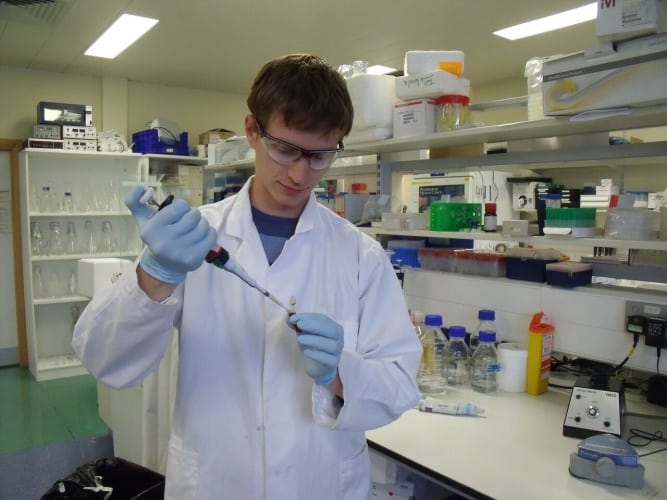Technologies to receive funding include new materials that could create efficient printable solar panels at a fraction of the cost of existing panels, an environmental data project which mounts sensors on helicopters and UAVs, and a synthetic lens implant that could stop the ageing process of eyes.

“Britain is renowned for carrying out world leading research but often we have fallen behind in turning that expertise into commercial applications,” said Bernard Taylor, chairman of the Royal Commission for the Exhibition of 1851.
“These fellowships have been designed to identify research with potential to solve current problems in a commercially viable way. In doing so, we continue the spirit of the Great Exhibition of 1851 which showcased the inventive genius that led the world in innovation.”
Originally led by Prince Albert ahead of the Great Exhibition, today the Royal Commission provides recent graduates with the means to develop innovative technology with commercial potential. Each three-year fellowship is worth up to £80,000 and those awarded must work to develop a patented and profitable technology, while completing a PhD or EngD.
In the past, the Royal Commission for the Exhibition of 1851 has provided funding for Nobel laureates Professor Peter Higgs, Sir James Chadwick and Paul Dirac. Applications for next year’s fellowships are open now, and more information can be found here.




Project to investigate hybrid approach to titanium manufacturing
What is this a hybrid of? Superplastic forming tends to be performed slowly as otherwise the behaviour is the hot creep that typifies hot...